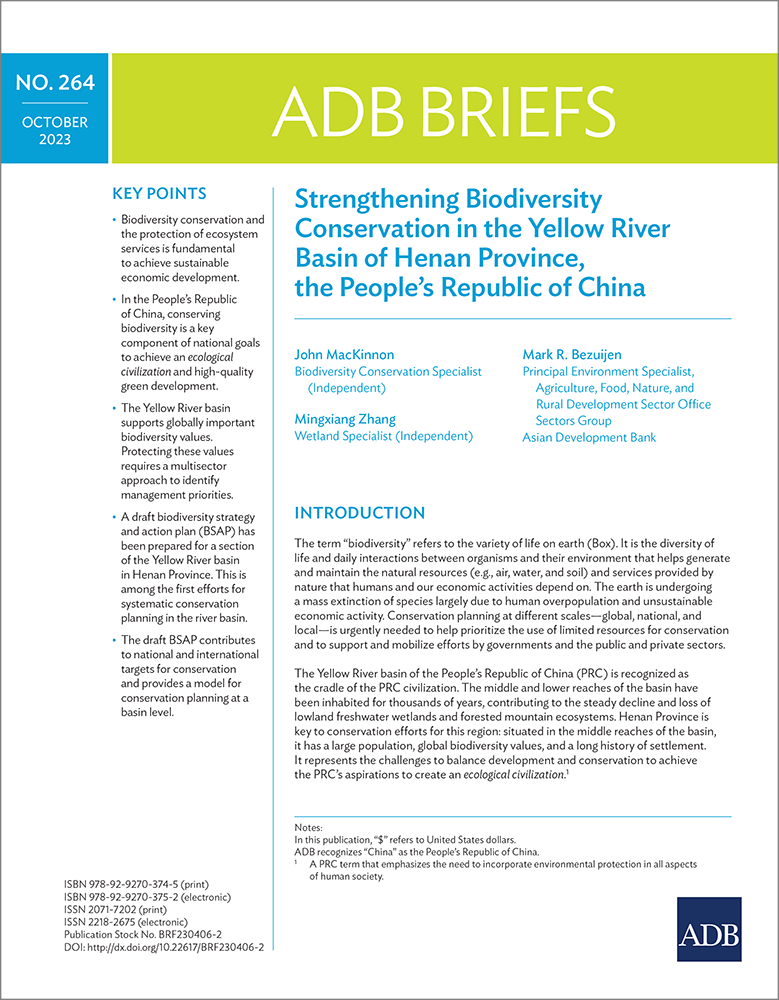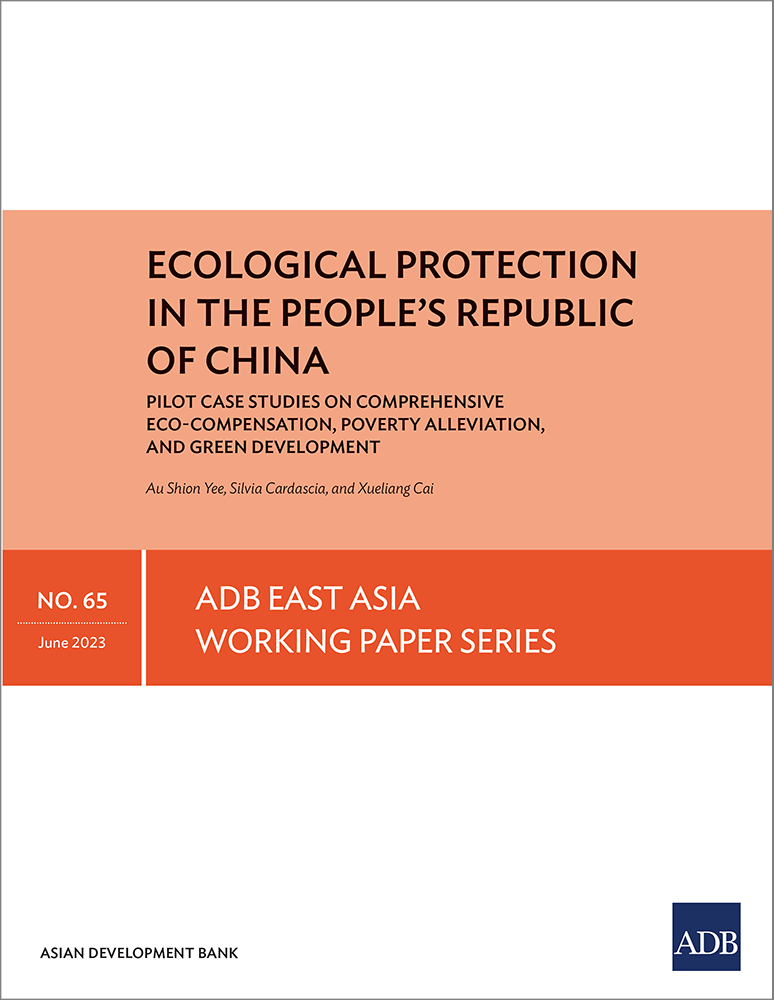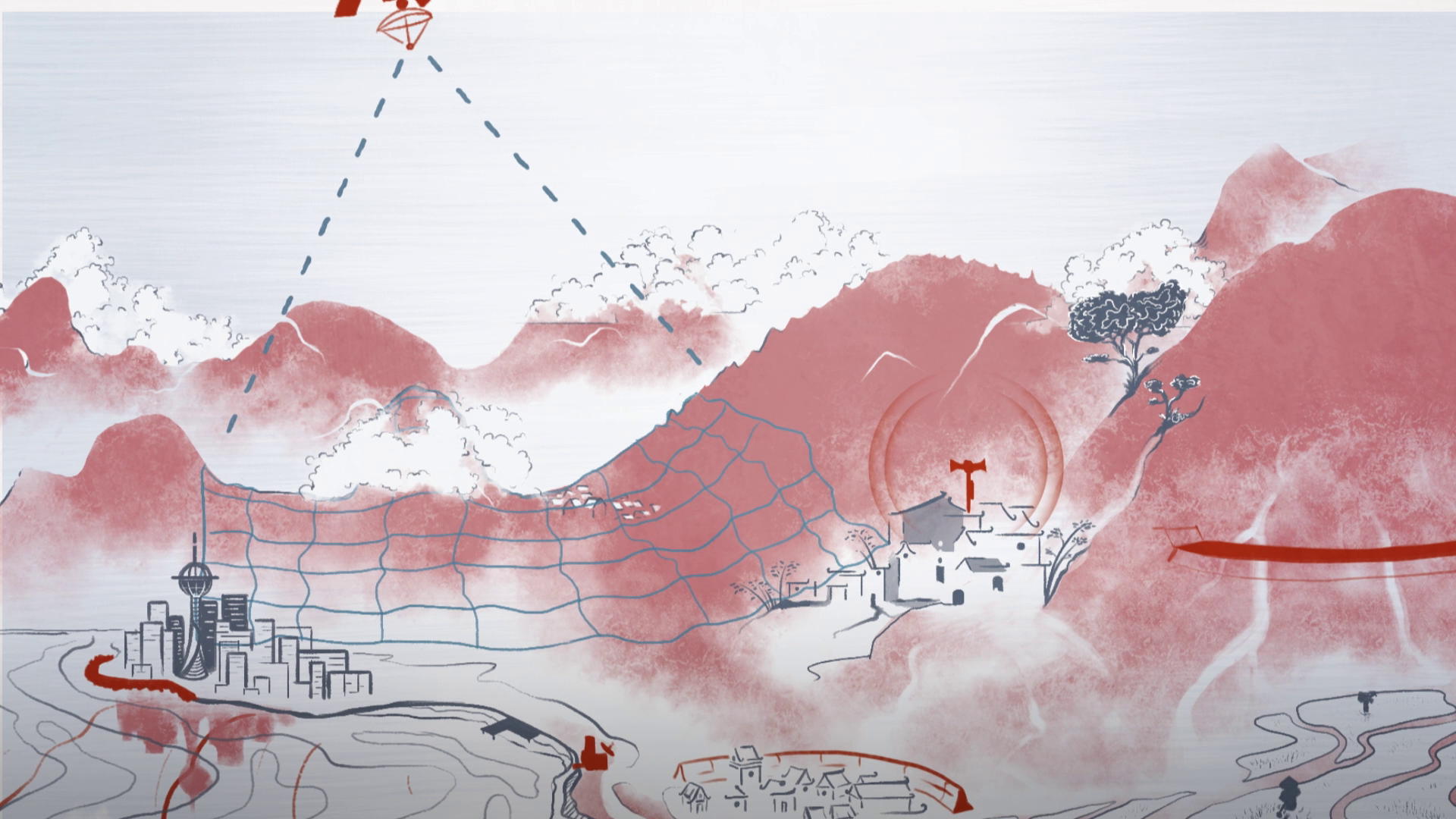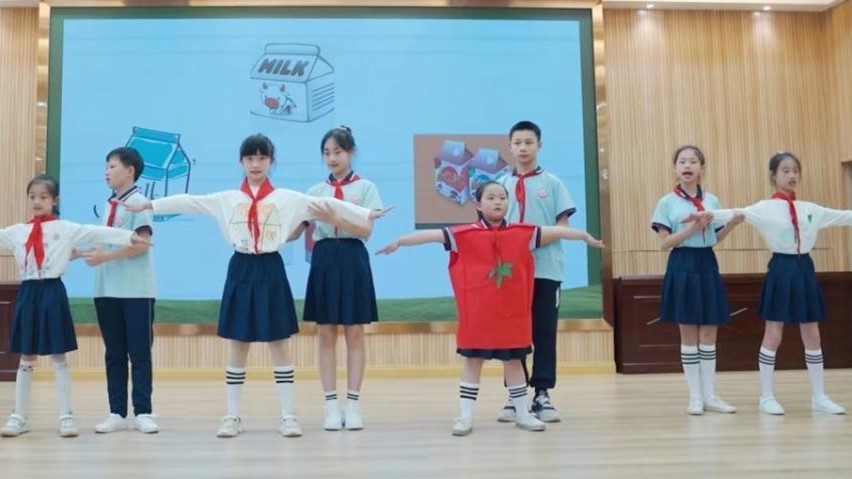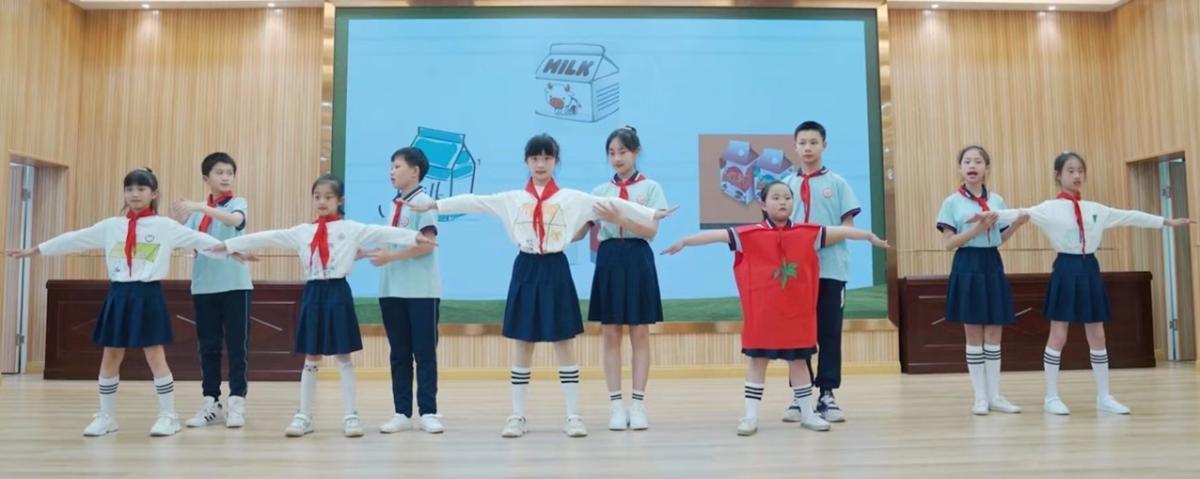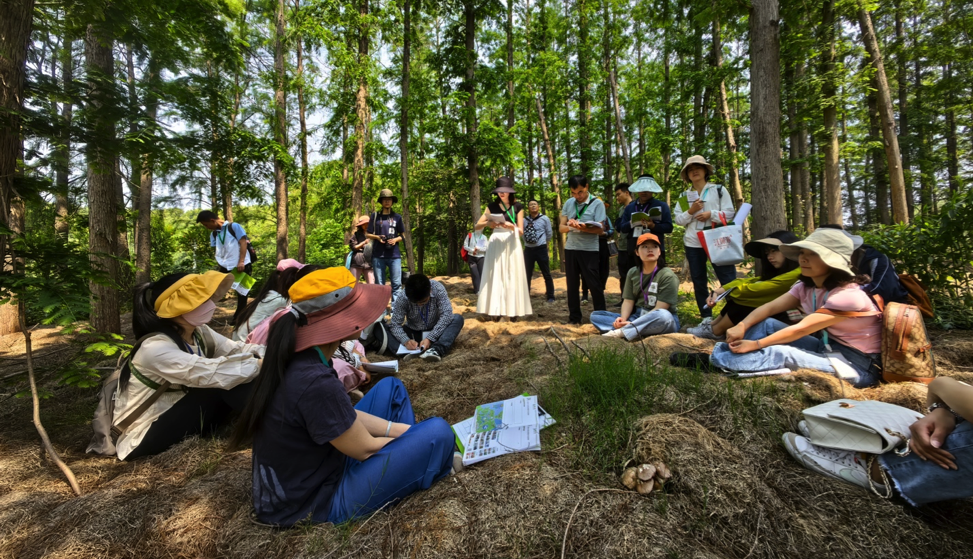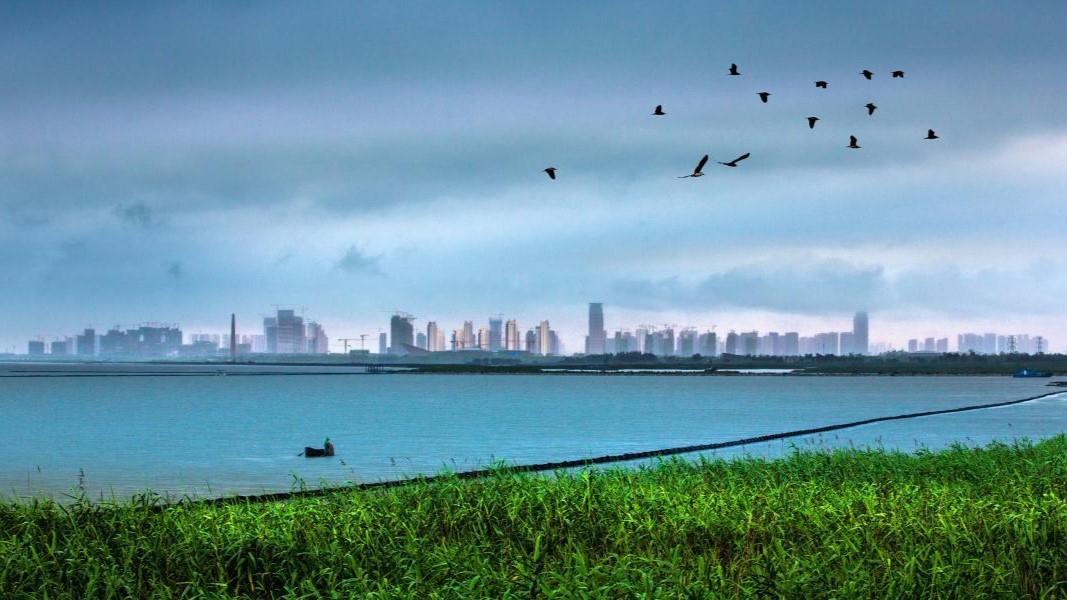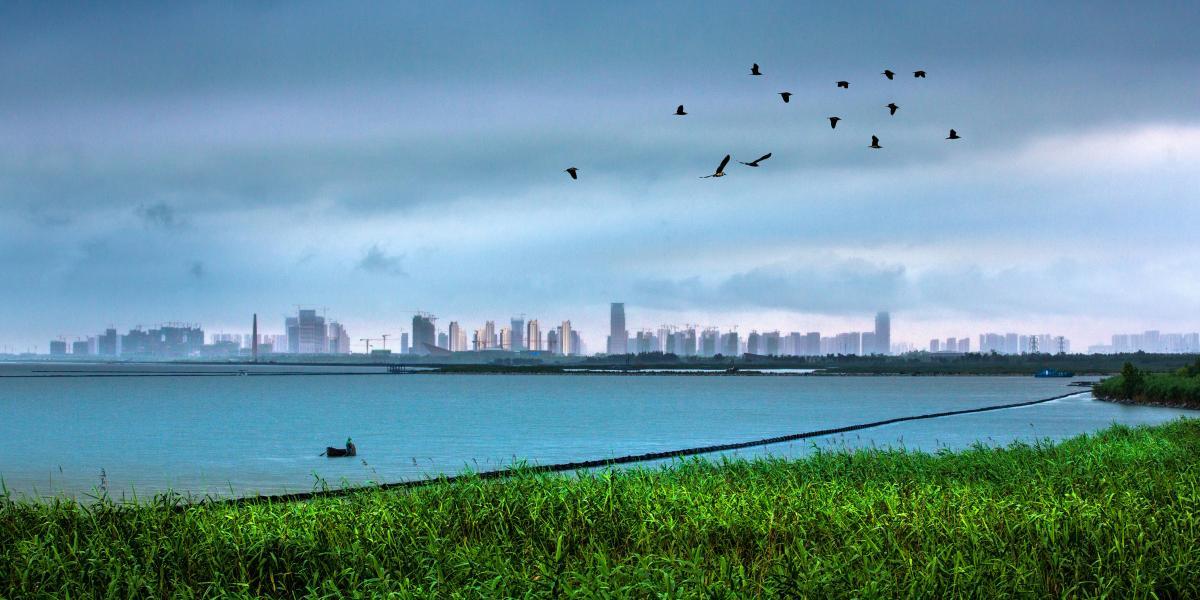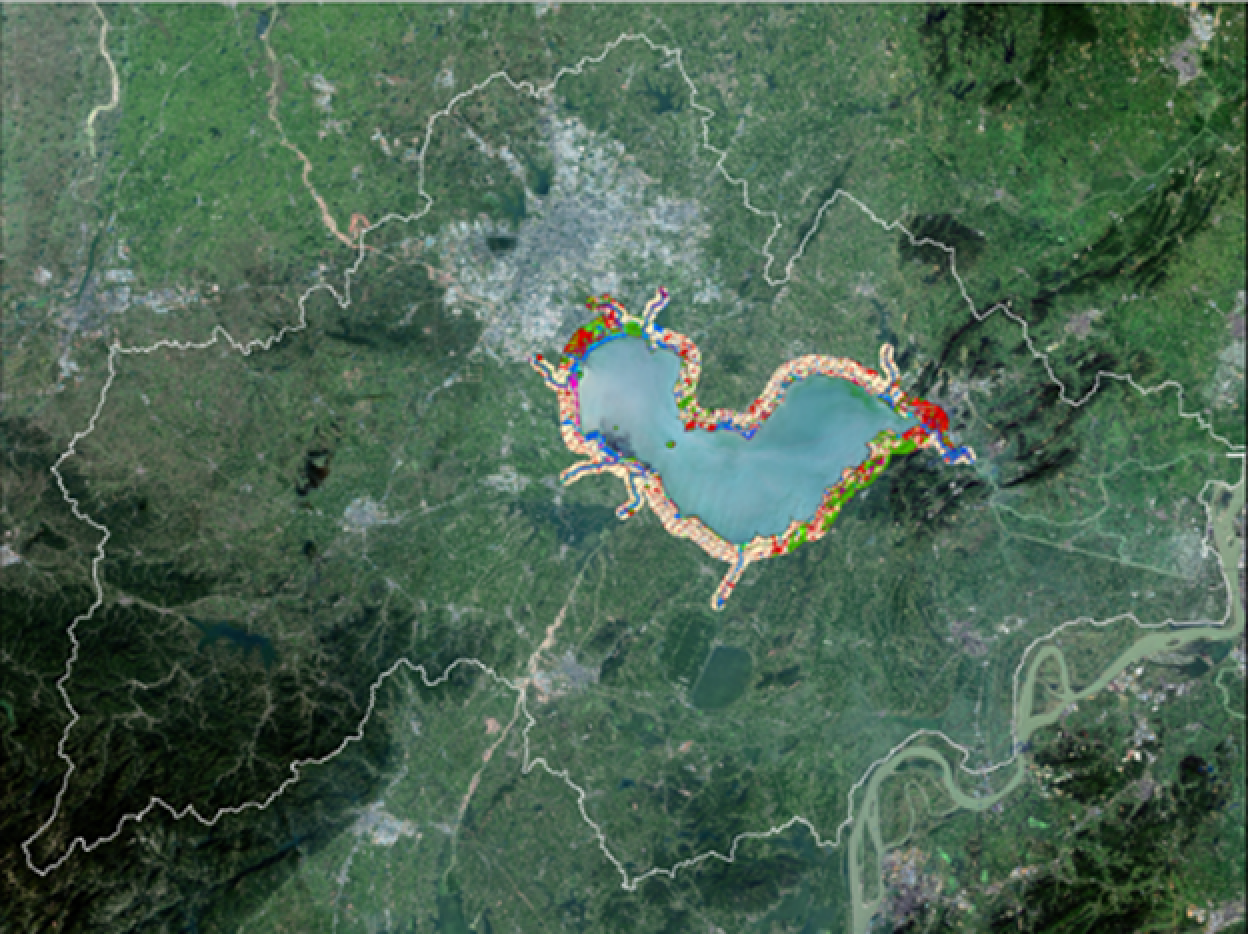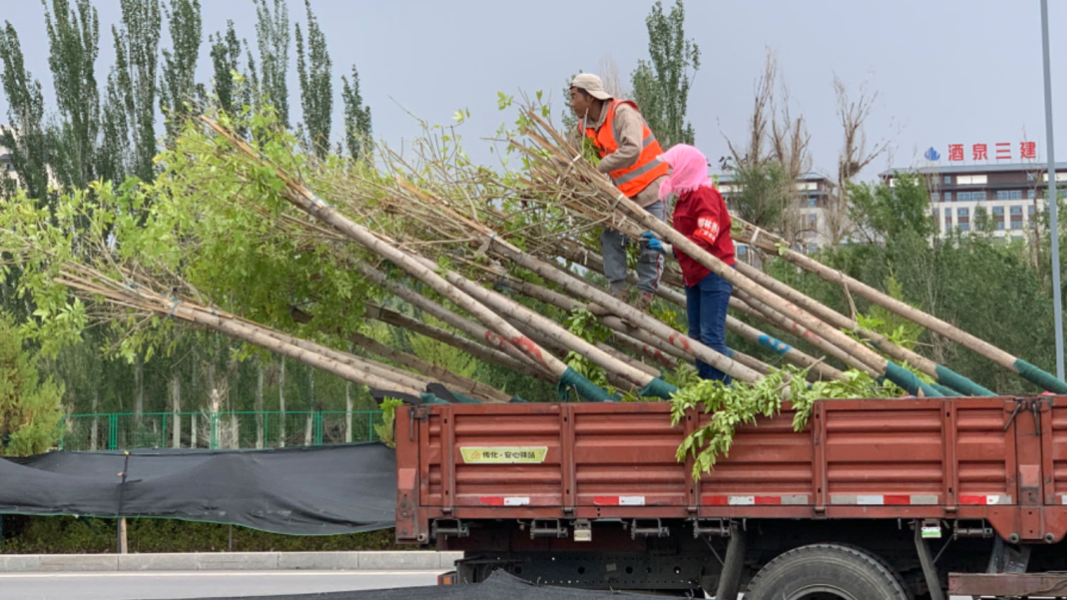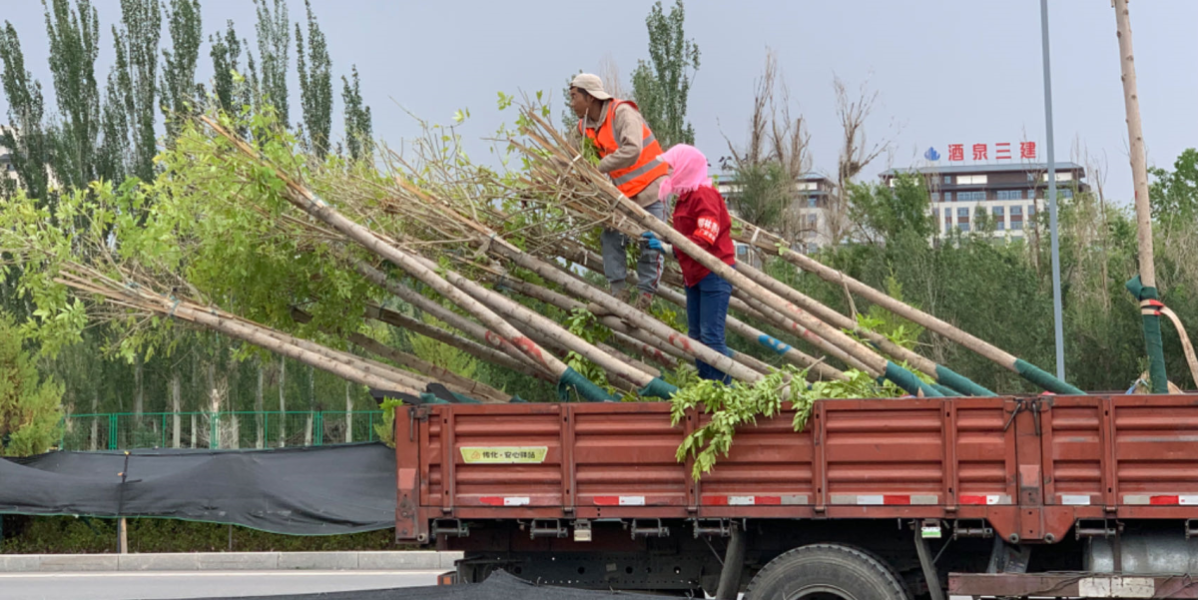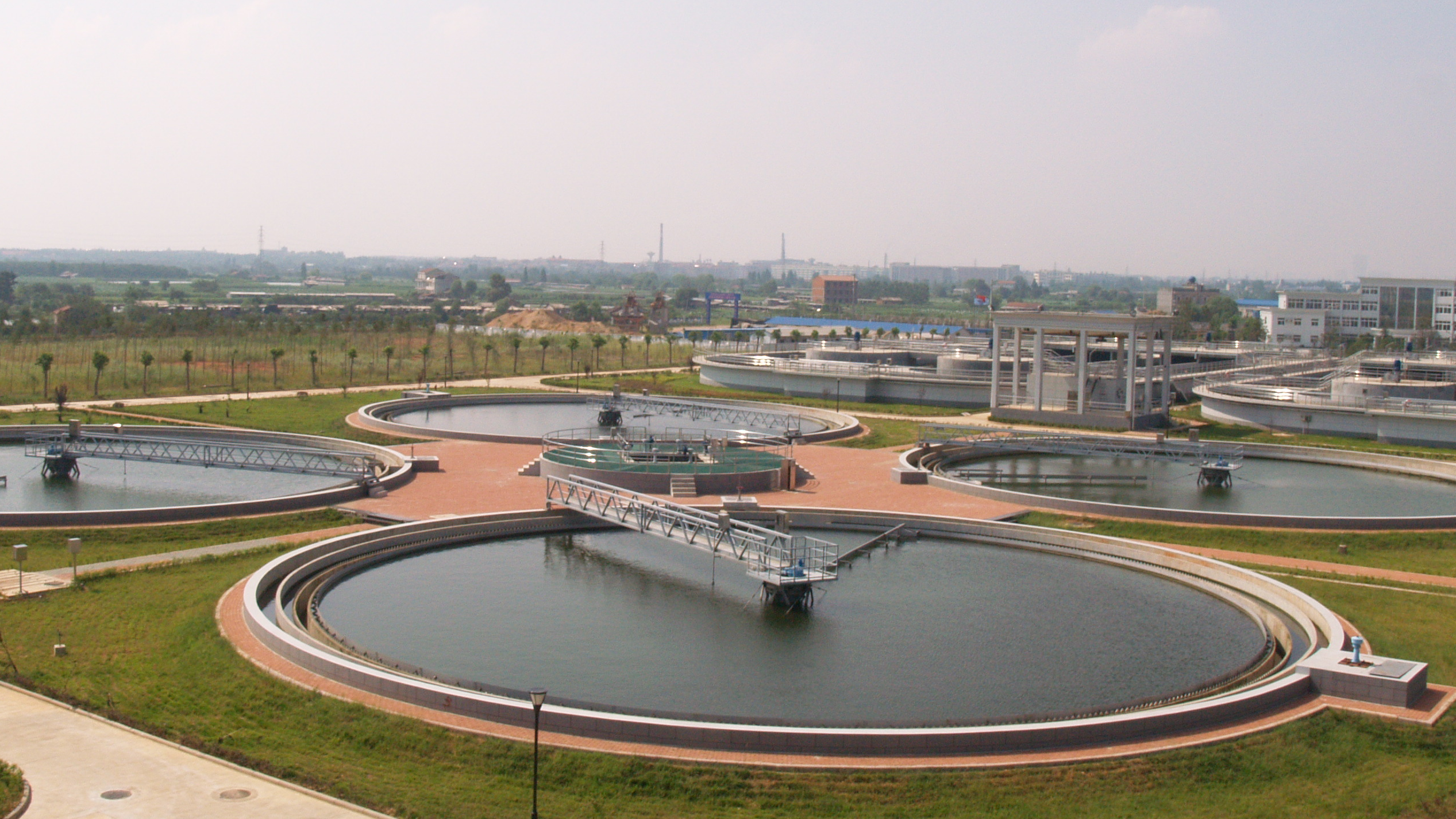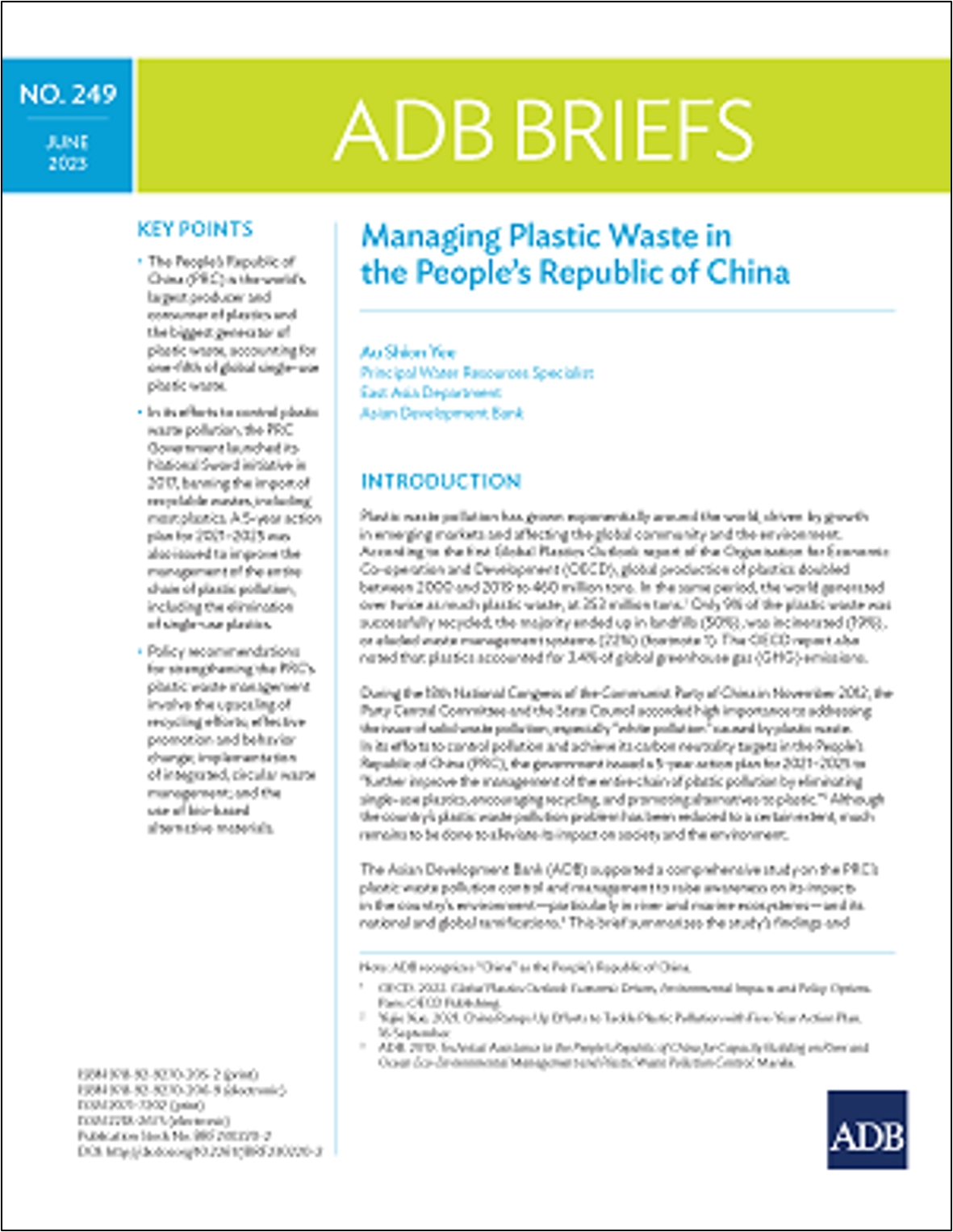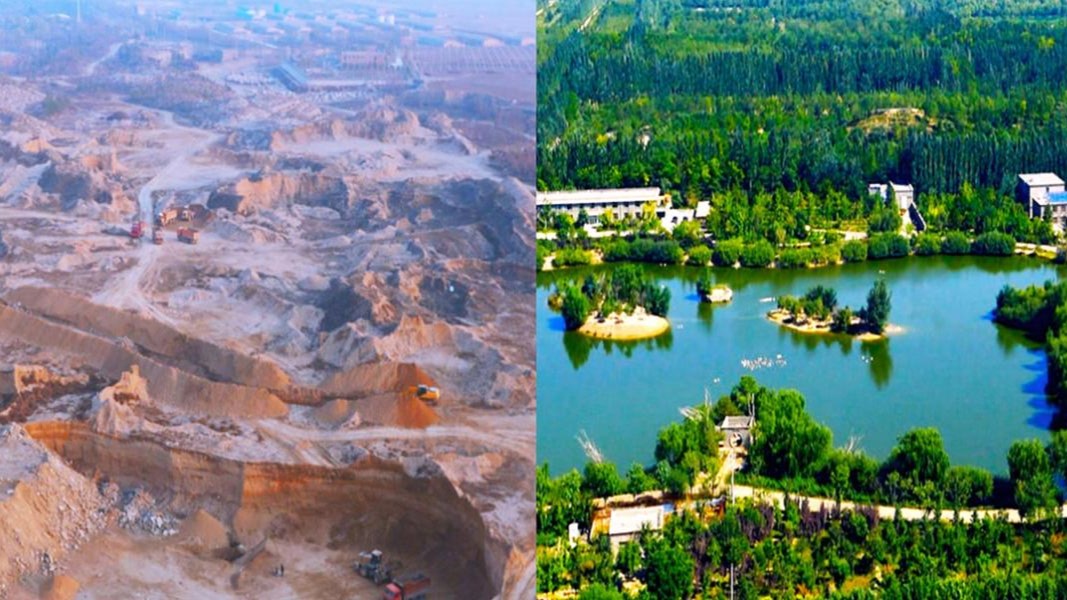
In the PRC, the successful restoration of the Ma’anshan and Zhihui mining pits showcases innovative business models.
Introduction
To avoid, reduce, and reverse land degradation induced by human activities, ecosystem restoration is essential and urgently needed. Ecosystem restoration is a proven and cost-effective solution to help reverse the loss of ecosystem services caused by the rapid depletion of natural capital stocks.
However, ecosystem restoration has largely relied on government’s public investments, and the participation of the private sector and nonprofit organizations (NPOs) has been limited due to the constrained business case for investing in nature. For instance, restoration of abandoned mine pits requires a substantial one-time investment, along with ongoing expenses for managing and protecting ecological forests to sustain the restored areas’ ecosystem services.
An evaluation of the natural capital created by ecosystem restoration and the ecosystem services after the restoration of the Ma’anshan and Zhihui farms, formerly abandoned mining pits in the Ningxia Hui Autonomous Region of the People’s Republic of China (PRC), showed that investment in ecological restoration can be economically feasible if designed and implemented effectively.
This article introduces business models for engaging the private sector or nonprofit organizations in ecosystem restoration.
Figure 1: Conceptual Framework for Ecosystem Restoration’s Natural Capital and Ecosystem Services

Source: Modified from Bolt et al. (2016) and Diaz et al. (2015).
The PRC considers ecological restoration a vital element of its pursuit of ecological civilization. Despite achieving land degradation neutrality in 2020, over 40% of its land is affected. Noteworthy efforts, including rehabilitation, afforestation, and biodiversity protection, have been made, but sustained actions are crucial. The demand for ecological restoration investment is around 60 billion Chinese Yuan (CYN) annually, yet government budgets cover only 24%. To bridge the financing gap, the central government encourages private and nonprofit involvement. However, a key obstacle is the lack of an enhanced framework in the business case for investing in nature.
An analysis of the ecosystem restoration at Ma’anshan farm and Zhihui farm in the Ningxia Hui Autonomous Region, using the Toolkit for Ecosystem Service Site-based Assessment (TESSA), suggests that social capital investment in ecological restoration can be viable with careful design and implementation.
Innovative collaborative governance
The Ma’anshan farm, situated in Linhe Town, Lingwu City of the Ningxia Hui Autonomous Region, spans a total area of 667 ha on the east bank of the Yellow River. It is in proximity to key infrastructure, including the Ningxia Yinchuan Hedong International Airport, Yinchuan Comprehensive Bonded Area, a high-speed railway station, and the Yellow River Wharf. Originally a mining pit providing raw materials for infrastructure construction, the site was abandoned without effective restoration, leading to severe soil erosion and sand and dust storms that posed threats to nearby infrastructure operations.
In 2014, the restoration of the Ma’anshan site began. The initial interventions from 2014 to 2018 focused on land leveling, topsoil restoration, and initial vegetation plantation. Subsequently, from 2018, with the support of an Asian Development Bank project, approximately CNY80.0 million was invested in constructing water conservancy facilities, water-saving irrigation systems, connecting roads, culverts, bridges, production and living housing, and other supporting facilities.
The Ma’anshan farm operates with financially independent entities, such as small-scale farmers, better-off farmers, herders, and private enterprises. It exemplifies a nonprofit organization’s ability to mobilize resources for ecosystem restoration, employing diversified funding, co-governance, and shared costs and benefits for effective management. The project surpasses the typical government role in ecological restoration investment by involving various stakeholders through innovative collaborative governance. It involves leasing facilities and lands to generate economic benefits for local communities, farmers, or herdsmen. The arrangement includes zero rent for land use, contingent upon the responsibility of caring for a designated area of ecological forests.
Funding sources encompass government subsidies, corporate and international donations, as well as savings from the operations of the Ningxia Desert Greening and Sand Industry Foundation.
The project not only restored abandoned mine pits but also created stable job opportunities for locals. By the end of 2021, the Ma’anshan farm had planted over 1.3 million trees and developed 440 ha of ecological public welfare forest, 133 ha of economic forest, 333 ha of landscape forest, 40 ha of nursery, and 23 sets of greenhouse facilities.
According to the TESSA assessment, the Ma’anshan farm’s ecosystem services are valued at CNY21.54 million in its natural capital account for the year 2021.
Table 1: Natural Capital Valuation of the Ma’anshan Farm
(CNY million)
Type of Ecosystem Services | Services | Value | Percentage |
Provisioning Services | 13.41 | 62.3% | |
Regulating Services | Soil and water conservation | 2.50 | |
Accumulated water resources | 0.32 | ||
Pollination | 1.02 | ||
Increase carbon sink | 1.28 | ||
Dust removal | 00.3 | ||
Subtotal | 5.16 | 23.9% | |
Cultural Services | Research, study tour | 2.98 | 13.8% |
Total Value |
| 21.54 |
Integrating industrial development with ecosystem restoration
The Zhihui farm is in Xixia District of Yinchuan City, Ningxia Hui Autonomous Region at the eastern piedmont of the Helan Mountain. The area where the farm is located has been excavated for mining sand and gravel materials for several decades since the 1980s. Large excavation resulted in soil erosion and loss of natural habitats. Land productivity deteriorated severely.
Since 1996, Zhihui Company began contracting abandoned mine pits in the region for ecological restoration, primarily through tree plantation. In the initial stages, Zhihui Farm engaged in cropping grains, planting economic forests (peach, plum, and apricot), nursery gardens, and animal husbandry to generate revenue for restoration works. Unfortunately, these efforts proved financially unsustainable. Eventually, the farm shifted its focus to nursery stock and landscaping, which became its primary revenue source. In 2006, the farm expanded its business by venturing into wine making and establishing vineyards.
In total, 1,000 ha of abandoned mine pits have been restored. As of 2021, the Zhihui farm has planted 400 ha of ecological forests, 266.7 ha of vineyards, and 53.3 ha of other economic forests. The site has been developed into a modern farm supporting a national 4A-level leisure scenic spot (the PRC’s rating system for tourist attractions, where 5A is the highest rating) and a famous winery.
Table 2: Natural Capital Valuation of the Zhihui Farm
(CNY million)
Ecosystem Services | Value | Percentage | |
Provisioning services | Wine | 40.00 | 81.6% |
Fruit | 4.60 | ||
Job creation | 10.82 | ||
Subtotal | 55.42 | ||
Regulating services | Water saving | 0.65 | 4.1% |
Pollination | 1.37 | ||
Carbon stock | 0.69 | ||
Dust removal | 0.09 | ||
Subtotal | 2.80 | ||
Cultural services | Winery tourism | 5.48 | 14.3% |
Leisure and entertainment | 4.20 | ||
Subtotal | 9.68 | ||
Total |
| 67.90 | |
Considering its 2021 natural capital of CNY67.9 million, the payback period could be halved if the full value of natural capital created by the ecosystem restoration is realized.
The Zhihui farm proves that private companies can profitably explore ecological industries through restoration, serving as a sustainable model. This approach, integrating restoration with industrial development like vineyards and wineries, has inspired other companies to invest in ecological restoration in the region. Consequently, the area has become a global hub for wine-making, offering substantial employment opportunities and establishing a green, profitable industry.
Establish policies and mechanisms for realizing the value of ecosystem services and natural capital.
The Ma’anshan and Zhihui projects have created valuable ecosystem services and abundant natural resources. However, existing policies and market conditions lack an effective mechanism to actualize the value of these services and resources on the farms. These farms bear the majority of ecological restoration costs, despite providing public goods, services, and positive external economic benefits. The absence of this mechanisms may discourage private sector investment in ecological restoration.
Define the property rights of the formed natural capital.
In the PRC, sites for ecosystem restoration, such as abandoned mining pits, are often state-owned with vague property rights. Social organizations, including private companies, encounter difficulties in obtaining necessary land rights for business development due to ambiguous property rights. This hinders them from engaging in profitable ecological activities despite their commitment to environmental protection. There is a need to clarify property rights for social organizations and enterprises and create appropriate incentives to encourage private sector investment in ecological restoration.
Enable viable investment and eco-compensation in ecosystem management.
Natural capital provides a promising instrument to justify viable investment in ecosystem management given the ecosystem services that it can create. It also supports the design and implementation of eco-compensation regimes for conservation activities. However, creating an enabling environment is essential to actualize the potential of natural capital. Further studies are needed to identify appropriate policies and financing mechanisms that can motivate the participation of nonprofit organizations and the private sector.
References
Asian Development Bank (ADB). 2018. Ningxia Integrated Ecosystem and Agricultural Development Project: Completion Report. Manila.
ADB. 2022. Ningxia Irrigated Agriculture and Water Conservation Demonstration Project: Completion Report. Manila.
K. Peh et al. 2022. Toolkit for Ecosystem Service Site-based Assessment (TESSA) Version 3.0. Cambridge, UK.
Ministry of Natural Resources of China. 2021. Typical Cases of Ecological Restoration in China.
P. Dasgupta. (2021). The Economics of Biodiversity: The Dasgupta Review. London: HM Treasury.
The State Council. 2023. White Paper: China’s Green Development in the New Era. Beijing.
The State Council. 2021. Opinions on Supporting and Encouraging Social Capital to Participate in Ecological Protection and Restoration. Beijing.
United Nations Convention to Combat Desertification (UNCCD). 2022. The Global Land Outlook Second Edition: Summary for Decision Makers. Bonn.
UNCCD. 2022. The Global Land Outlook Second Edition: Land Restoration for Recovery and Resilience. Bonn.
Author

Zhiming Niu
Senior Project Officer (Environment), East Asia Department, ADB
This blog is reproduced from Development Asia.

